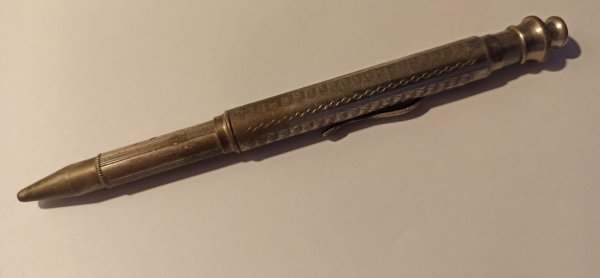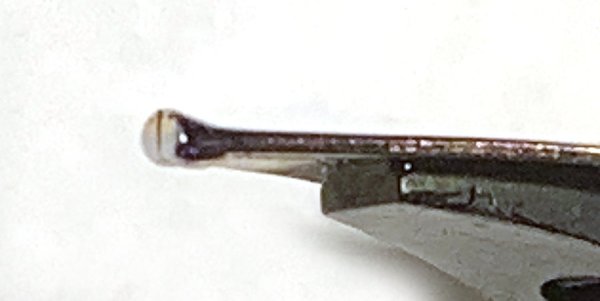Chinese character studies 中文字學
-
Forum Statistics
355.5k
Total Topics4.6m
Total Posts -
Member Statistics
128,446
Total Members18,857
Most OnlineNewest Member
Pamela
Joined -
Images
-
Albums
-
Sometimes it is all about the 51 Cap and the Filler
- By VacNut,
- 11
-
Dip Pens
- By shalitha33,
- 0
- 0
- 11
-
Pics for posts
- By ZeroDukE,
- 0
- 0
- 17
-
4posts
- By Tashi_Tsering,
- 0
- 0
- 83
-
Uploads
- By hari317,
- 0
- 0
- 74
-


















.thumb.jpg.f07fa8de82f3c2bce9737ae64fbca314.jpg)



desaturated.thumb.gif.5cb70ef1e977aa313d11eea3616aba7d.gif)







Recommended Posts